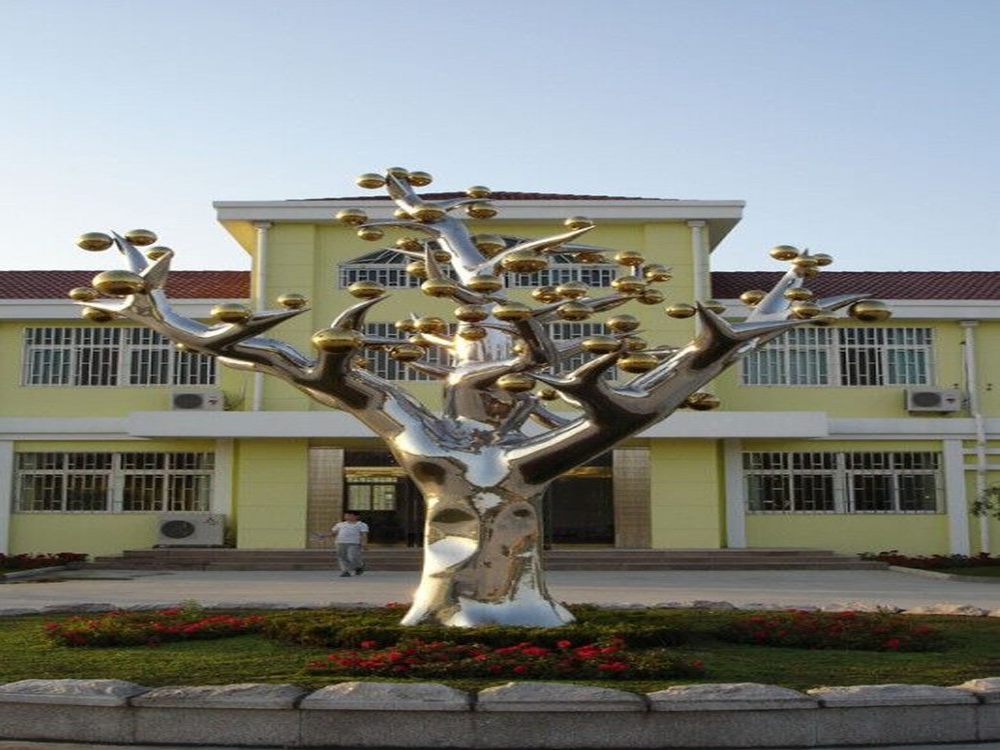
The Baroque and Neoclassical eras produced strikingly different bronze sculptures, reflecting the contrasting philosophies of their times. Baroque sculptures (17th-early 18th century) are characterized by their dramatic movement, emotional intensity, and intricate details. Artists like Gian Lorenzo Bernini created works with twisting figures, flowing drapery, and theatrical compositions that seemed to capture moments of high drama. The surfaces often showed meticulous texturing, with deep undercutting to create dramatic light and shadow effects.
In contrast, Neoclassical bronze sculptures (late 18th-early 19th century) embraced restraint, symmetry, and idealized forms inspired by ancient Greek and Roman art. Antonio Canova's works exemplify this style with their smooth surfaces, balanced compositions, and serene expressions. Neoclassical artists rejected Baroque exuberance in favor of clarity, simplicity, and intellectual purity.
Key differences include:
1. Movement vs Stability: Baroque works capture dynamic motion, while Neoclassical pieces emphasize static balance.
2. Emotionalism vs Rationalism: Baroque sculptures express intense emotion, whereas Neoclassical works project calm dignity.
3. Ornate Detailing vs Clean Lines: Baroque favors elaborate decoration, Neoclassical prefers unadorned elegance.
The shift from Baroque to Neoclassicism mirrors broader cultural changes from religious passion to Enlightenment ideals, making bronze sculptures from these periods fascinating documents of artistic evolution.

